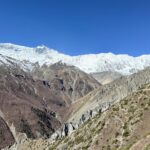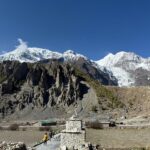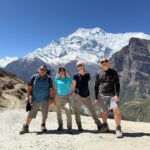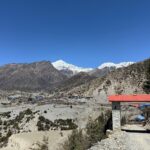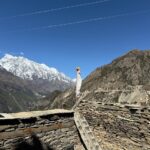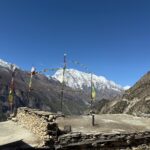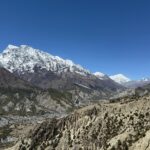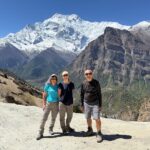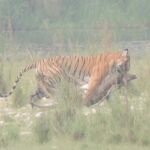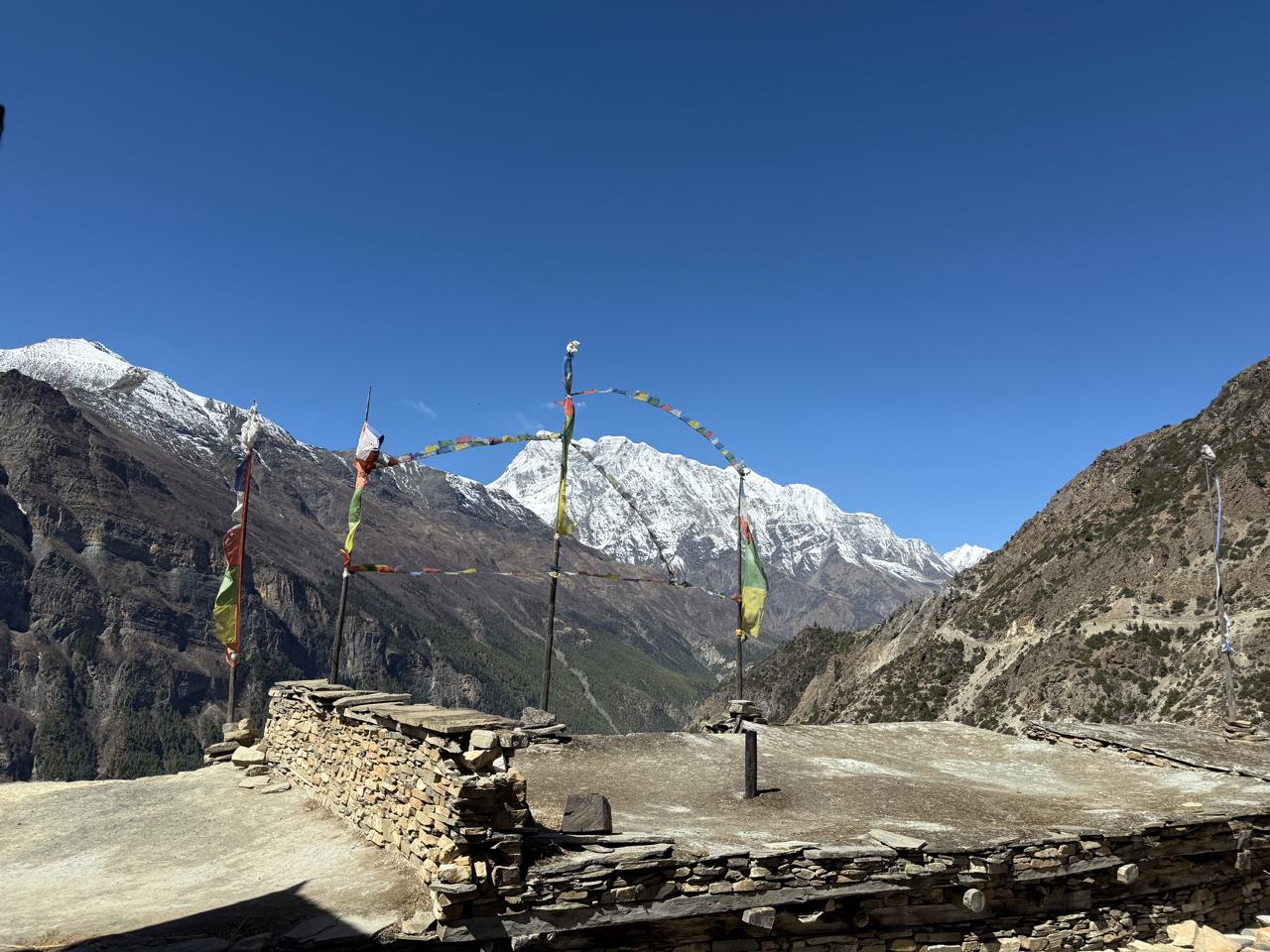
Best Time to Trek the Annapurna Circuit
Choosing the best time to trek the Annapurna Circuit can make or break your trekking experience. With its diverse climate zones and challenging altitudes, the Annapurna Circuit offers a different flavor every season.
Knowing when to trek in Nepal will help you prepare better, enjoy spectacular views, and avoid unnecessary hardships.
In this guide, we compare trekking conditions across spring, autumn, winter, and monsoon to help you decide the perfect time for your Annapurna adventure.
Introduction: Why Timing Matters for the Annapurna Circuit Trek
The Annapurna Circuit Trek spans several ecological zones — from subtropical forests to high-altitude deserts — which means you’ll experience rapid weather changes.
Unlike city travel, trekking demands a close relationship with nature, and weather heavily impacts trail conditions, visibility, and your overall experience.
Understanding the seasons is crucial for planning a successful and enjoyable Annapurna Circuit adventure.
Spring (March to May): A Season of Blossoms and Beauty
Overview
Spring is one of the most popular seasons for trekking the Annapurna Circuit.
During these months, the hills burst into color as rhododendrons and wildflowers bloom across the trails.
Weather Conditions
-
Temperature: Pleasant, ranging from 15°C to 22°C (lower altitudes); colder at high passes.
-
Visibility: Generally clear, especially in early spring.
-
Rainfall: Minimal, but late May may see some pre-monsoon showers.
Pros of Trekking in Spring
-
Lush landscapes and colorful forests.
-
Clear views of Annapurna, Dhaulagiri, and Machapuchare.
-
Ideal weather for photography and long hiking days.
-
Warm days and cool nights, perfect for trekking comfort.
Cons of Trekking in Spring
-
Trails can become crowded, especially around Manang and Thorong La.
-
Prices for accommodations and flights slightly increase.
What to Expect
In spring, you’ll enjoy lively villages, active wildlife, and vibrant local festivals like Nepali New Year celebrations in April.
Be ready for packed tea houses — advance booking during peak weeks is a smart idea.
Autumn (September to November): The Golden Season for Annapurna Circuit
Overview
Autumn is considered the best time to trek the Annapurna Circuit, attracting trekkers from around the world.
Weather Conditions
-
Temperature: Mild, ranging from 12°C to 20°C at lower elevations; freezing near Thorong La.
-
Visibility: Crystal-clear skies and stunning mountain panoramas.
-
Rainfall: Minimal, post-monsoon clarity.
Pros of Trekking in Autumn
-
Stable weather and almost guaranteed clear mountain views.
-
Festive atmosphere with major festivals like Dashain and Tihar.
-
Trails and landscapes freshly washed and vibrant after monsoon.
Cons of Trekking in Autumn
-
High season crowds; trails and tea houses are busy.
-
Prices for lodges, guides, and porters are at their peak.
What to Expect
Expect incredible sunrise views, golden-hued landscapes, and crisp mountain air.
Book accommodations and flights early to avoid last-minute issues.
Winter (December to February): A Cold but Quiet Adventure
Overview
Winter trekking on the Annapurna Circuit offers a peaceful experience with fewer trekkers but demands greater preparation.
Weather Conditions
-
Temperature: Freezing, often below -10°C at higher altitudes.
-
Visibility: Excellent on clear days; occasional snowfall may limit views.
-
Snow: Heavy snowfall can close high passes like Thorong La.
Pros of Trekking in Winter
-
Solitude and tranquility on the trails.
-
Clear blue skies on most days.
-
Photogenic snowy landscapes.
Cons of Trekking in Winter
-
Extremely cold temperatures.
-
Risk of trail closures due to heavy snow.
-
Many tea houses at higher altitudes shut down.
What to Expect
If you seek solitude and don’t mind harsh conditions, winter trekking offers magical, snow-draped landscapes.
Dress appropriately with layered clothing, carry four-season gear, and check weather updates daily.
Monsoon (June to August): A Trek for the Brave
Overview
The monsoon season brings heavy rains, slippery trails, and a different kind of beauty — misty valleys, roaring rivers, and emerald-green hills.
Weather Conditions
-
Temperature: Warm, around 18°C to 25°C at lower altitudes.
-
Rainfall: Frequent downpours, mainly in the afternoons and nights.
-
Visibility: Poor due to clouds and rain.
Pros of Trekking in Monsoon
-
Very few trekkers on the trails.
-
Lush, green scenery everywhere.
-
Discounts on accommodation and guide services.
Cons of Trekking in Monsoon
-
Frequent landslides and leeches on trails.
-
Slippery paths and difficult river crossings.
-
Limited mountain views.
What to Expect
Trekkers with a love for solitude and lush landscapes can opt for rain-shadow areas like Upper Mustang and parts of the Manang region which receive less rain.
For classic Annapurna Circuit trekking, however, monsoon is generally not recommended due to safety risks.
Pro Tips for Choosing the Best Time
-
Flexible Dates: Build extra days into your itinerary to handle weather-related delays.
-
Layer Up: Weather changes rapidly — dressing in layers helps regulate body temperature.
-
Early Starts: Begin trekking early each morning to avoid afternoon rains (especially in monsoon and spring).
-
Hydration Matters: High altitudes are dehydrating even if it’s cold — drink plenty of water.
Conclusion: So, When Should You Trek the Annapurna Circuit?
If you’re aiming for the perfect balance between good weather, stunning views, and rich cultural experiences, autumn (September to November) is the clear winner.
Spring (March to May) offers a close second with its floral beauty and mild temperatures.
Winter trekking is for those who crave peace and solitude — but be prepared for intense cold.
Meanwhile, monsoon trekking is best avoided unless you target rain-shadow regions.
Ultimately, the best time to trek the Annapurna Circuit depends on your trekking goals:
Are you seeking solitude, scenery, or a festive atmosphere?
No matter when you go, the Annapurna Circuit promises an adventure you’ll treasure for a lifetime.
Lace up your boots, prepare smartly, and the Annapurna mountains will welcome you with open arms!

